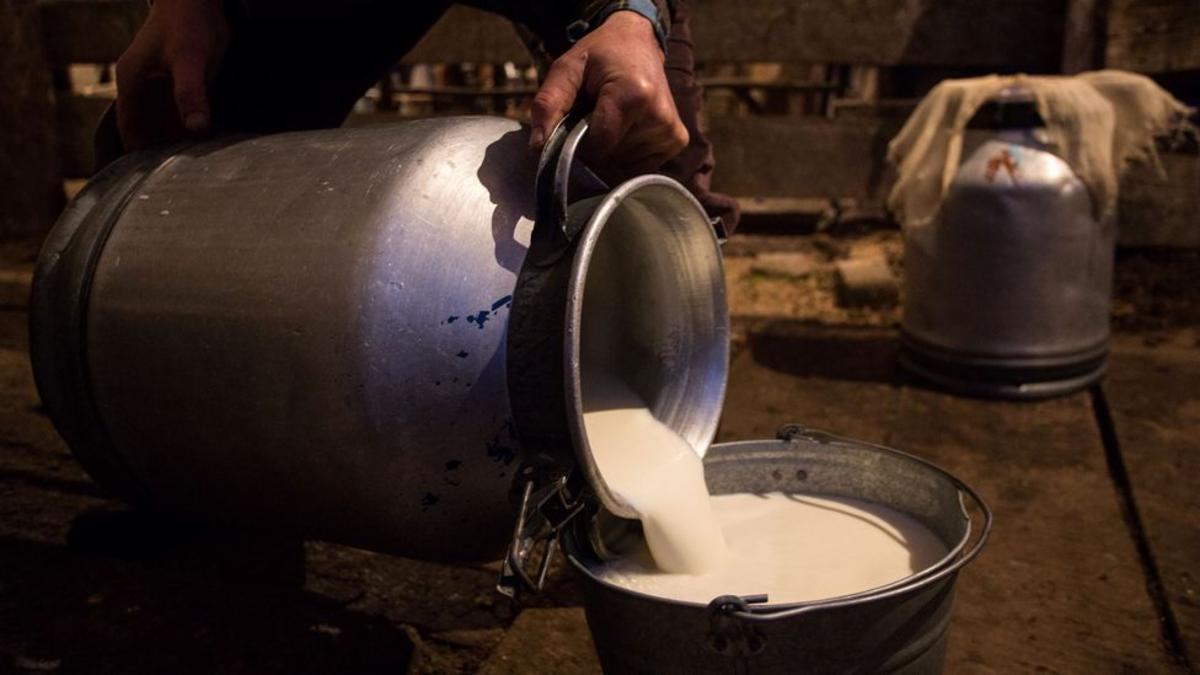Article Body
lactose intolerance in Focus: Recent Developments and Proven Facts
Introduction: Understanding the Urgency
Friday, July 25, 2025—lactose intolerance, once a dietary footnote, has surged into the spotlight as millions around the globe report new and persistent symptoms tied to dairy consumption. With verified cases increasing and new research clarifying the science, clarity is more important than ever for patients, families, and clinicians alike.
What is Lactose Intolerance?
Lactose intolerance is the inability to fully digest lactose, the sugar found in milk and dairy products. Rooted in a deficiency of the lactase enzyme produced in the small intestine, this condition leads to the malabsorption of lactose, triggering an array of digestive symptoms. It differs from a milk allergy, which is driven by the immune system—the former is strictly digestive.
Key Symptoms: What the Data Shows
According to the Mayo Clinic and Wikipedia, common symptoms begin between 30 minutes and two hours after consuming lactose-containing foods. These include:
-
Diarrhea
-
Nausea and occasional vomiting
-
Abdominal cramps and pain (often around the navel)
-
Bloating and excessive gas
-
Rumbling stomach noises
Notably, the severity is linked to how much lactose was consumed and the individual's enzyme level, not just the amount of dairy eaten.
Who Is at Risk?
Recent studies confirm that lactose intolerance affects people of all ages and backgrounds, but is especially prevalent in East Asian, African, and Native American populations. Genetics play a significant role, with up to 70% of the world’s adult population showing some degree of lactose malabsorption.
Diagnosing Lactose Intolerance
Physicians confirm the diagnosis using:
-
Hydrogen breath tests (detect increased hydrogen in exhalation after lactose consumption)
-
Lactose tolerance tests (monitor blood sugar rise)
-
Stool acidity tests (mainly for children)
Testing is crucial to distinguish lactose intolerance from other digestive issues like irritable bowel syndrome or Crohn’s disease. If severe symptoms occur, a doctor's input is essential.
Dietary Solutions on the Frontline
Dietitians recommend replacing standard dairy foods with lactose-free alternatives, such as:
-
Lactose-free milk and cheeses
-
Plant-based beverages (soy, almond, oat, coconut)
-
Foods naturally low in lactose (hard cheeses, some yogurts, butter)
-
Substituting creamy sauces with blended tofu or nut butters
Emerging research points to fermented dairy (like kefir and Greek yogurt) being better tolerated due to lower lactose content.
Official Guidelines
The NHS and Cleveland Clinic confirm that most people need not avoid all dairy; small amounts may be safe, especially if spaced throughout the day.
Quotes From the Field
"I grew up drinking milk, but after turning 40, I couldn’t ignore the way it felt in my stomach," says Harini Rao, a science teacher in Mumbai. "Lactose-free options have made my life so much easier."
Conclusion: The Path Forward
With clear facts, diagnostic clarity, and more dietary solutions than ever, lactose intolerance is no longer a mystery, but an everyday health conversation. Healthcare providers urge readers: Recognize your symptoms, seek proper testing, and tailor your diet — discomfort need not be the norm.


Comments